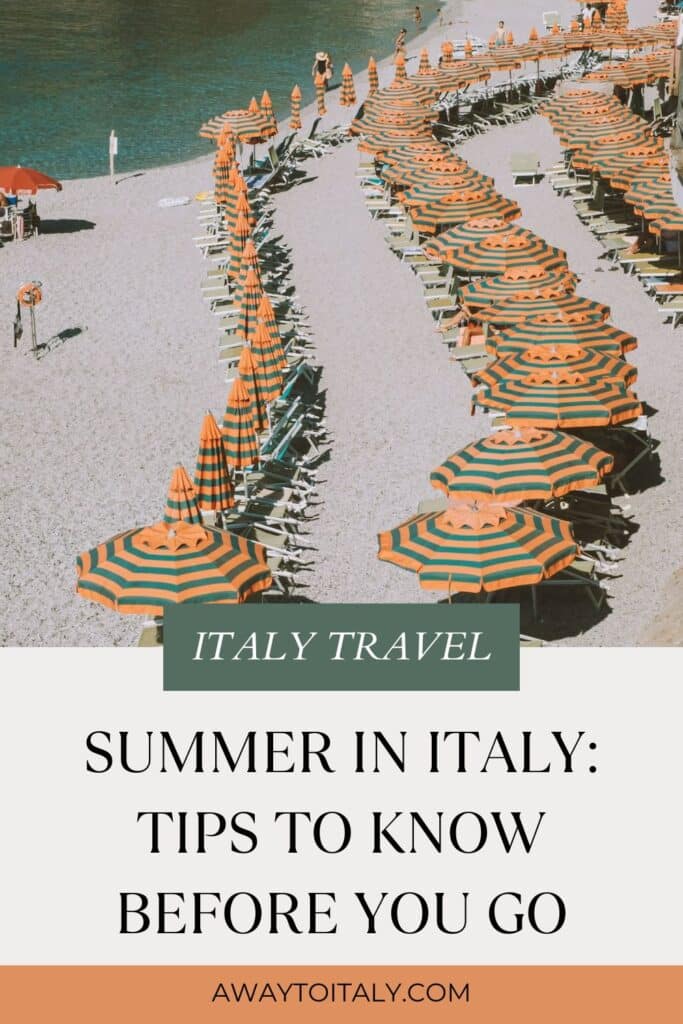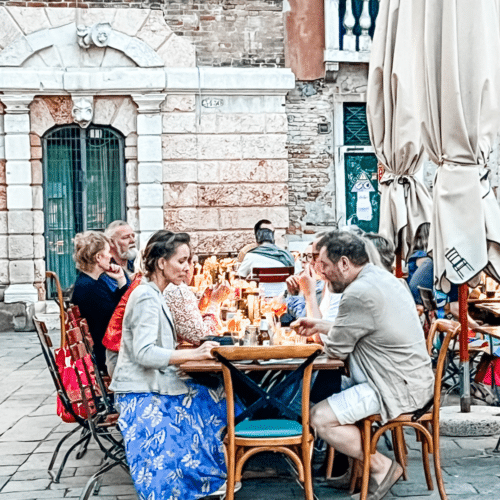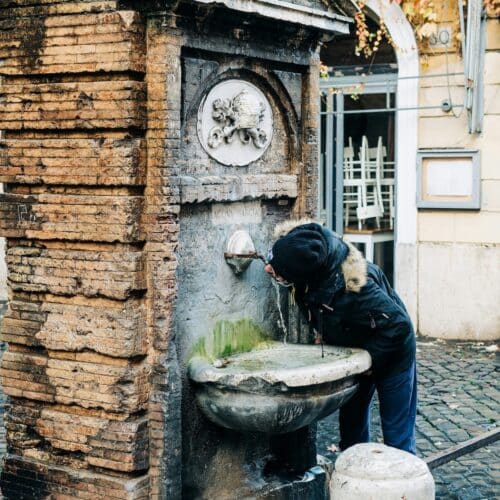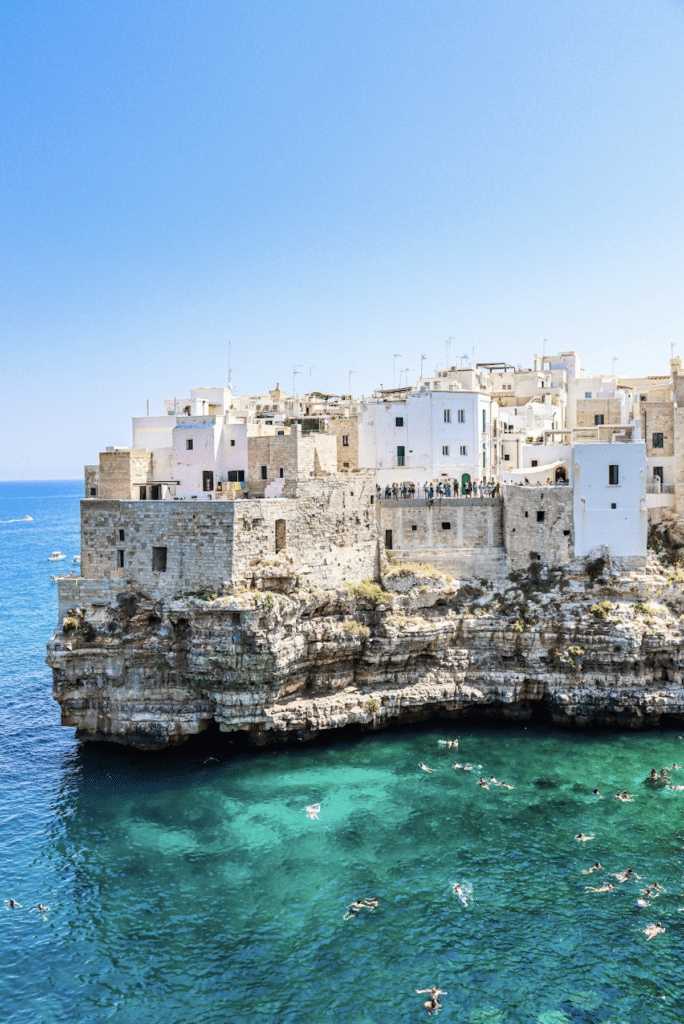
So you’re thinking about spending your summer holiday in Italy?
When dreaming about a summer in Italy, it’s easy for our minds to paint scenes straight out of the movie Under the Tuscan Sun.
What’s captivated many of us is that the movie taps into something real about the Italian way of life.
A deep appreciation for beauty, culture, and the art of living well, all of which are at their extreme in Italy during the summertime.
Summer in Italy has something for everyone.
The first time I ever stepped foot on Italian soil was in the month of July as a college student. A summer study abroad in Urbino, a Renaissance town nestled in the hills of the Marche region in central Italy. It was the first chapter of my personal Italian story.
In this guide, I’ll take you through the pros and cons of a summer holiday in Italy so you can decide if a visit at this time of year is right for you.
Jump to…
- Is Italy Worth Visiting In The Summer?
- What Is The Best Summer Month To Visit Italy?
- How Hot Is Italy In Summer?
- Is Italy Expensive In The Summer?
- Are There A Lot Of Tourists In Italy In Summer?
- Things To Do In Summer In Italy
- Italy Summer Beach Destinations
- Italy Summer Festivals and Events
- How To Pack For Italy In The Summer Months
- Summer Food and Drinks in Italy
- Conclusion
Is Italy Worth Visiting In The Summer?
Yes, it most certainly is!
During the summer, Italy comes alive in the most beautiful way.
The longer days and warm summer nights set the perfect stage for “dolce far niente“, which literally translates to “the sweetness of doing nothing.”
It’s about embracing relaxation and a slower pace. Savoring the moment, and enjoying the simple things in life.
And if you’ve followed me for a while, you know that’s exactly how l like to experience Italy.
The streets of cities like Rome, Venice, and Florence are buzzing with locals and tourists, soaking in the rich history and creating a vibrant culture.
Outdoor cafes are humming…A place to stop for a refreshing Aperol Spritz and people watch for a while.
Street markets and specialty shops are all around. Waiting for you to find a one-of-kind treasure made by a local artisan. The most precious of souveniers.
The coastline, with its pristine beaches and clear waters, beckons those looking to relax and bask in the Mediterranean sun.
In the countryside, vineyards are in full bloom, inviting visitors to explore and indulge in wine-tasting sessions.
Italy’s summer festivals, celebrating everything from music, to food, to medieval history, and the patron saints of many towns provide unique experiences that are not to be missed.
And let’s not forget about the food! Fresh produce bursting with flavor. Artisanal gelato, mouthwatering salads, seafood and summer pasta dishes.
It’s truly a feast for all your senses.
What Is The Best Summer Month To Visit Italy?
There is no simple answer to this question. Let’s look at the pros and cons of each summer month so you can decide when is the best time to go to Italy for you.
June
Pros:
- Ideal Weather: Warm and pleasant weather makes June perfect for outdoor activities, from city tours to beach days.
- Cultural Festivities: A range of festivals and events begin, offering a beautiful way to experience regional traditions and local cultures.
- Gardens and Countrysides in Bloom: Italy’s natural landscapes, including Tuscany’s vineyards and the countryside, are particularly beautiful during the month of June.
Cons:
- Beginning of Tourist Season: Popular destinations start to get crowded, which can affect accommodation prices and availability.
- Heat in Southern Regions: The south and Sicily can get quite hot, which might be uncomfortable for some travelers.
July
Pros:
- Full Summer Vibes: The whole country is buzzing with summer energy and activities, making it an ideal time to visit if you want to fully experience the Italian lifestyle.
- Longer Days: With longer days, you have more time to explore and enjoy everything Italy has to offer. Many museums and attractions are open for extended hours.
- Beach Season: July is the perfect month for beach lovers, with warm water temperatures and plenty of seaside destinations to choose from.
Cons:
- Crowds and Prices: July is peak tourist season, leading to larger crowds at major attractions and higher prices for hotels and flights.
- Extremely Hot Weather: Temperatures can soar, especially in southern regions, which might be uncomfortable for some travelers and make sightseeing during midday challenging.
- Afternoon Closures: Many local businesses close for a “riposo” (extended break) between 1pm-4pm, which can affect your sightseeing and dining plans. It’s best to plan ahead and schedule activities accordingly.
- Limited Local Interaction: With many Italians escaping the cities for cooler places, some authentic local experiences may be missed.
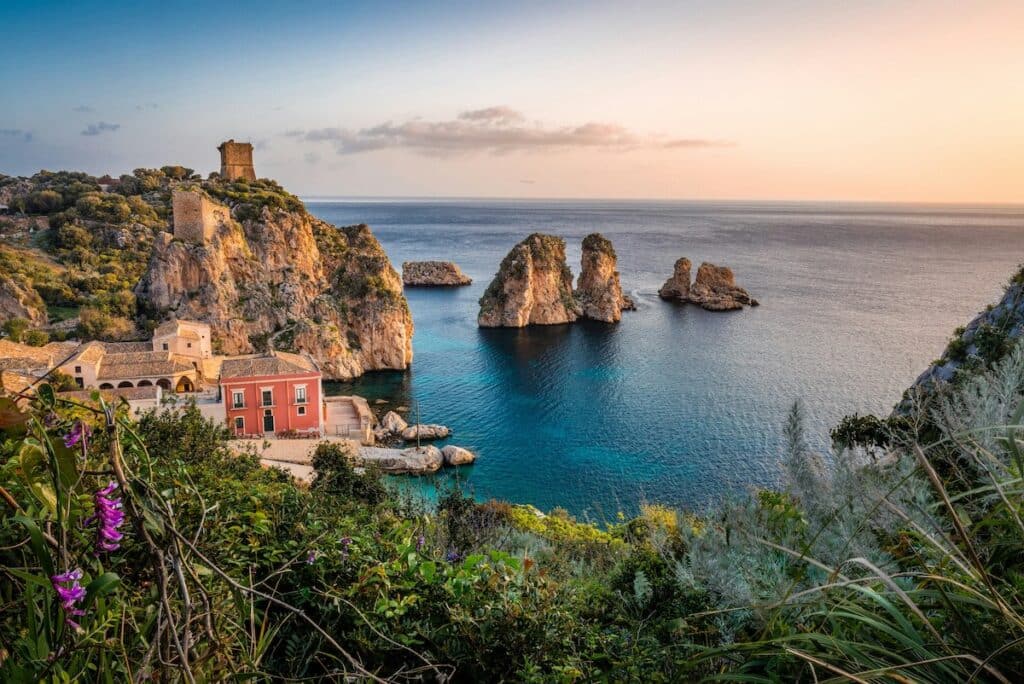
August
Pros:
- Ferragosto Celebrations: Ferragosto, officially celebrated on August 15th, is a public holiday in Italy. Originally a feast to honor the Assumption of the Virgin Mary, but now a day for family gatherings, beach outings, and festive meals. This date also is the kick off to a longer summer break for most Italians, often spanning a few weeks. The happy atmosphere surrounding August 15th includes lot of festivities, events, and dazzling fireworks displays (my husband can remember them going on for hours when he was a child in southern Italy).
- Quieter Major Cities: With many locals on vacation, cities like Rome, Florence, and Milan can be less crowded and easier to navigate.
- Warm Sea Temperatures: Ideal for swimming and water sports, with the Mediterranean and Adriatic seas being warm and inviting.
Cons:
- Extreme Heat: August is usually the hottest month, potentially affecting outdoor activities and overall comfort.
- Closure of Local Businesses: Especially in cities, many restaurants and shops close for the Ferragosto holiday, which might limit dining and shopping options.
- Tourist Crowds in Coastal Areas: While cities may be quieter, popular beach destinations can be very crowded, impacting the quality of the beach experience.
How Hot Is Italy In Summer?
Make no mistake about it. Summer in Italy gets extremely hot.
The heat and humidity can be intense, especially in the cities.
Here’s a general overview of how hot it gets in Italy during the summer months:
Northern Italy
- Climate: Northern Italy, which includes regions like Lombardy, Veneto, and Piedmont, with its proximity to the Alps and Apennines provides the possibility of cooler and more variable weather.
- Summer Temperatures: In summer, temperatures in the north range from about 20°C to 30°C (68°F to 86°F). However, cities like Milan and Venice can experience hotter days, with temperatures occasionally reaching up to 35°C (95°F).
Central Italy
- Climate: Central Italy, including Tuscany, Umbria, Marche and Lazio (where Rome is located), is generally mild due to the moderating effects of the Tyrrhenian Sea but it can get quite warm in summer.
- Summer Temperatures: Average summer temperatures in this region hover between 22°C and 32°C (72°F to 90°F). Rome, in particular, can see temperatures exceed 35°C (95°F) on the hottest days of July and August.
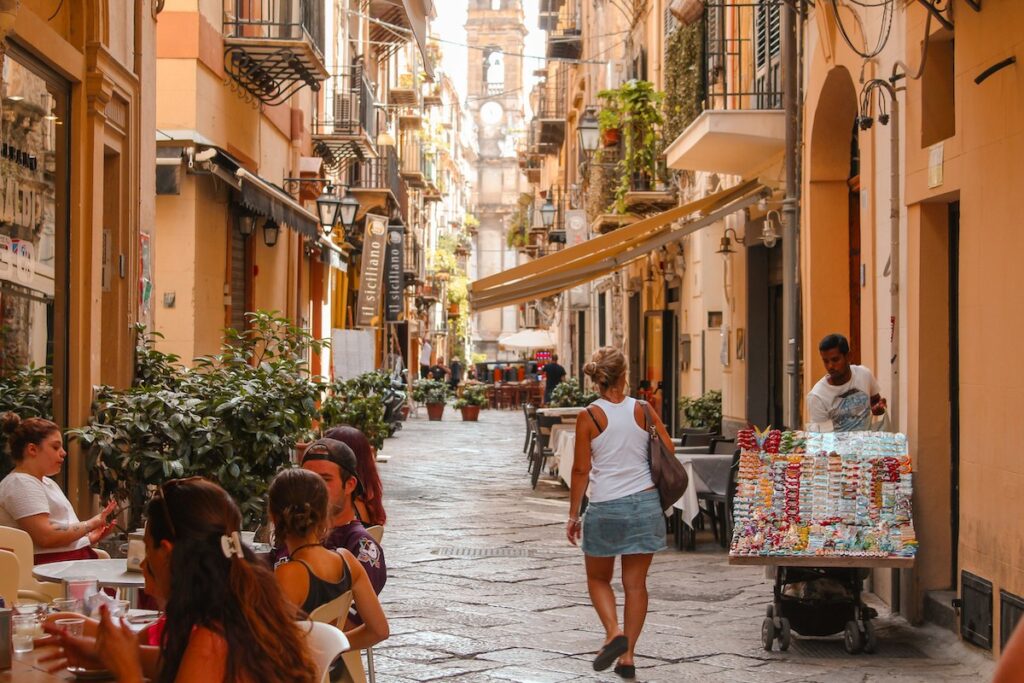
Southern Italy and Sicily
- Climate: The south and the islands of Sicily and Sardinia have a Mediterranean climate characterized by hot, dry summers. This region receives more direct sunlight and higher temperatures, contributing to its reputation for warm summers.
- Summer Temperatures: Temperatures often range from 24°C to 35°C (75°F to 95°F), but it’s not uncommon for peaks to go beyond 40°C (104°F) in areas like Sicily. Coastal breezes can offer some relief, but the interior and cities can feel particularly hot.
Tips For Beating The Summer Heat In Italy
- When booking your accommodations confirm if they have air conditioning. While most hotels have AC, some don’t, along with many vacation rentals, which can significantly affect your comfort level at the end of a long hot day.
- Plan outdoor activities earlier in the day or later in the evening when temperatures are cooler. This will also provide an opportunity to experience popular attractions with fewer crowds.
- Stay hydrated by carrying a water bottle – one of the helpful things to know before going to Italy is that many Italian cities have public drinking fountains (called nasoni) where you can refill for free, making it easy to keep water on hand.
- Go to indoor attractions, such as museums and churches, during the hottest part of the day and take a break from the heat.
- Lastly, indulge in Italy’s delicious gelato for a sweet, cooling treat – it’s almost a necessary tradition when touring Italy in the summer!
Is Italy Expensive In The Summer?
It’s no secret that peak travel season drives up prices in Italy. Accommodation and transportation costs can increase significantly during the summer months, making it a more expensive time to visit.
However, there are ways to save money when you’re planning a trip to Italy during the summer.
Consider staying in apartments, vacation rentals or agriturismos instead of hotels. These options can be more affordable, especially for families or groups traveling together.
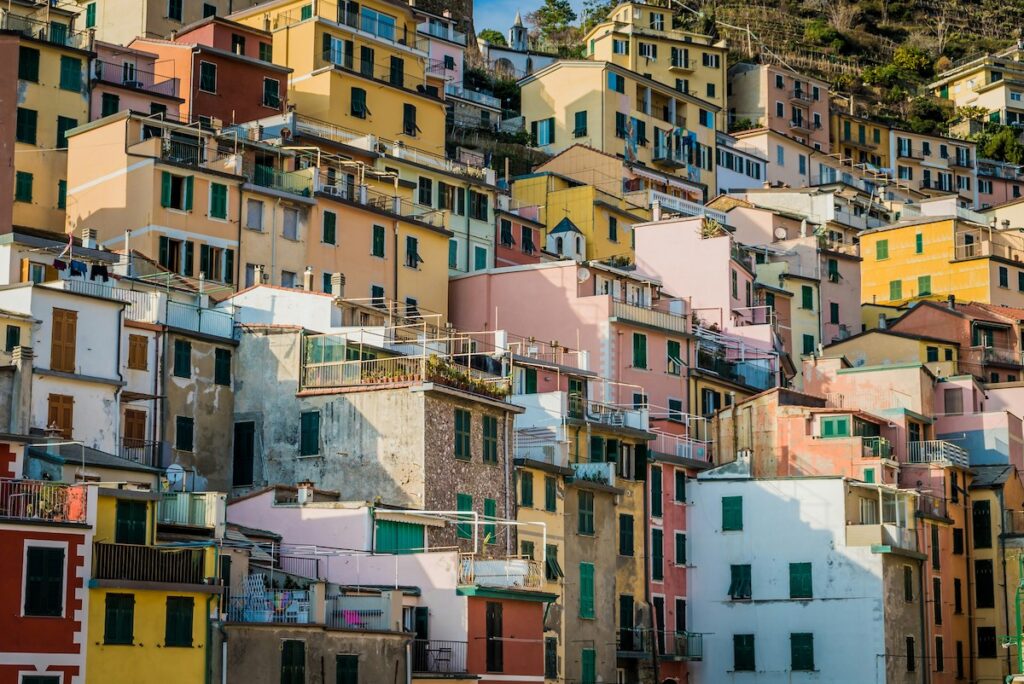
Look for accommodations in less touristy areas or outside city centers, where prices are usually lower.
Another way to save money is by researching and booking attractions and activities in advance. You’ll secure your spot ahead of time and often pay a lower price compared to purchasing tickets on the spot during peak season.
Are There A Lot Of Tourists In Italy In Summer?
An overwhelming yes.
Summer is peak travel season in Italy, meaning you can expect crowds practically everywhere.
This means longer queues at popular attractions and higher prices for accommodation and transportation.
Popular tourist destinations such as Rome, Florence, and Venice will be especially packed with tourists during this time. The cities can feel crowded and overwhelming at times.
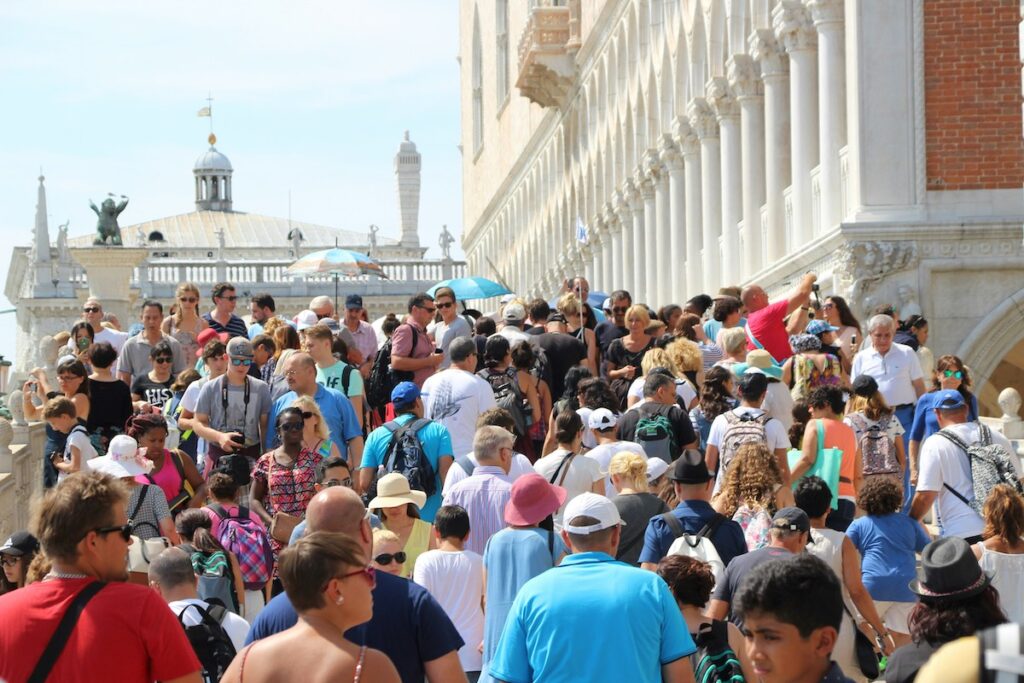
Consider incorporating lesser-known cities or smaller towns into your itinerary to avoid crowds and get a more authentic Italian experience.
And as I mentioned earlier, it’s also important to note that August is when many Italians go on vacation, so popular locations along the coast and in the mountains will be even more crowded during this month.
If possible, try to plan your trip for early summer or late summer/early fall to avoid the peak tourist season.
Things To Do In Summer In Italy
Don’t limit yourself to the well-known cities during your Italy summer holiday.
You can spend your Italy summer vacation lounging on the stunning beaches of the Amalfi Coast or exploring the picturesque islands of Sardinia and Sicily.
If you are a foodie, summer is the perfect time to indulge in outdoor dining with delicious Italian cuisine. There’s no shortage of mouthwatering treats to try during your summer in Italy.
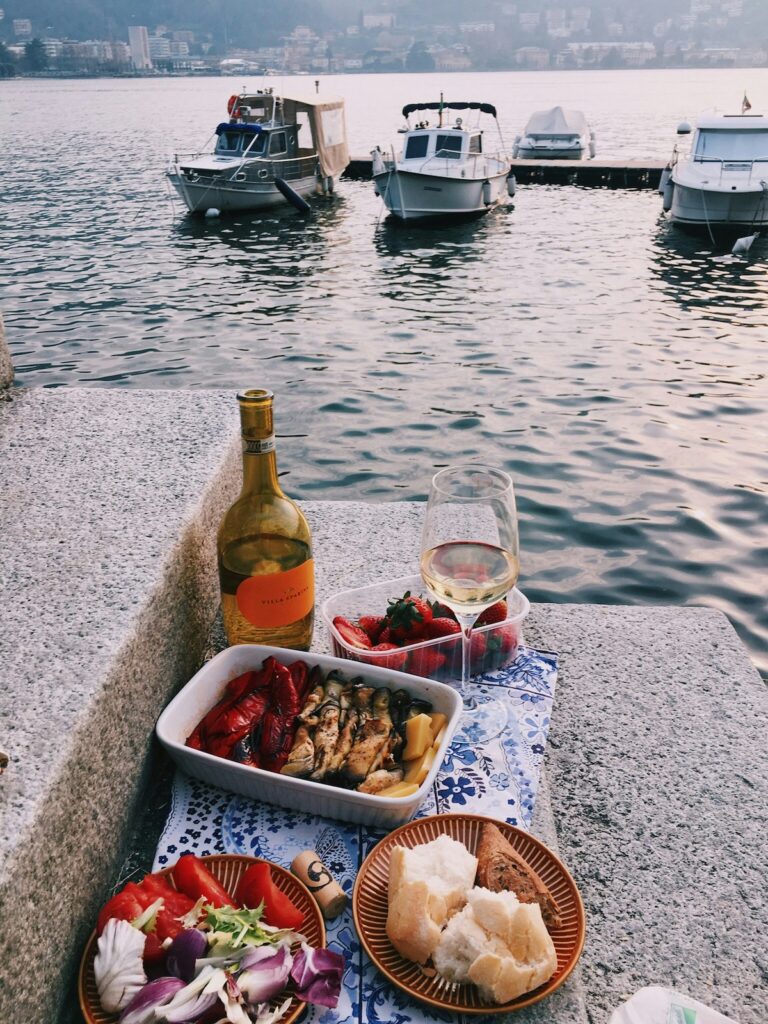
And of course, the warm weather is perfect for enjoying a refreshing Aperol Spritz or glass of wine while people-watching at a charming outdoor cafe.
For adventurous souls, hiking through the Dolomites offers an unforgettable experience with breathtaking panoramic views straight out of a fairytale. The majestic peaks and lush valleys provide a range of trails for both hikers and leisurely strollers.
The Dolomites are incredible. Picture wandering along paths where every corner unveils a new stunning landscape, from alpine meadows to clear mountain lakes.
On the other hand, you could hike the trail between the seaside villages of the Cinque Terre. This trail lets you discover the five colorful and vibrant villages perched on the Italian Riviera, offering incredible views of the Mediterranean Sea.
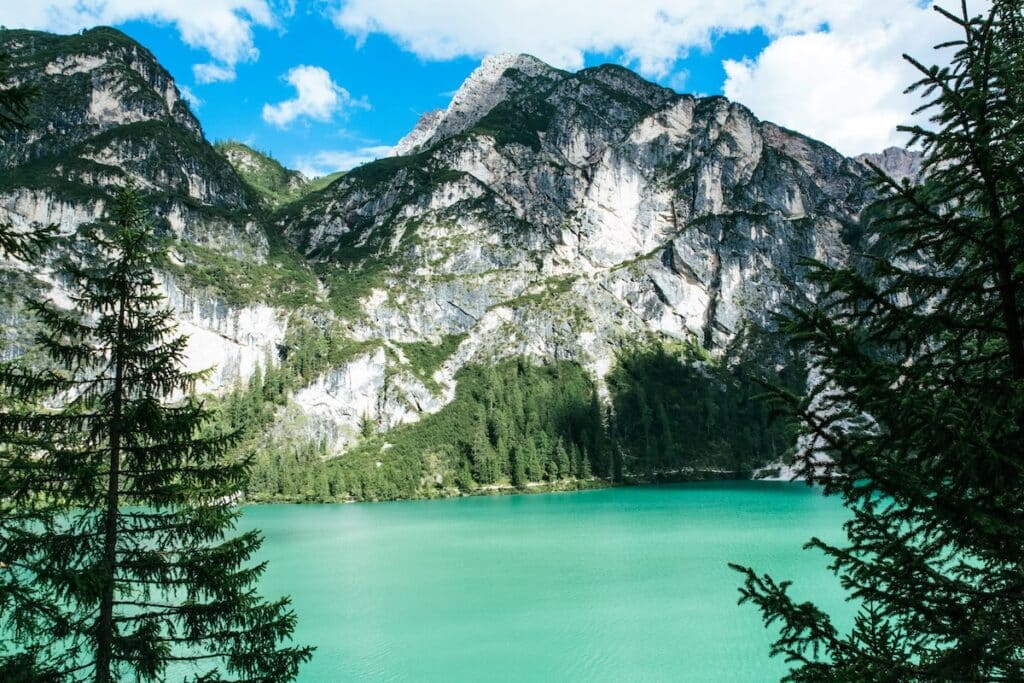
Venturing on a boat tour along the Amalfi Coast reveals a new view of Italy’s stunning seascape. Picture the sea breeze as you glide on cerulean waters, admiring cliffs with colorful villages cascading into the sea. These tours often include stops at secluded beaches and coves accessible only by boat, offering an exclusive paradise for a swim or serene sun-soaking.
For more island adventures, Sicily and Sardinia await.
Sicily, the Mediterranean’s largest island, is brimming with ancient history, delicious cuisine, and vibrant culture against dramatic landscapes. From Mount Etna’s craters to the Aeolian Islands’ azure waters, it’s simply breathtaking.
Sardinia features some of the world’s clearest beaches like Costa Smeralda, a slice of Caribbean in the Mediterranean.
Italy Summer Beach Destinations
Italy’s unique position as a peninsula jutting into the Mediterranean Sea provides it with an extensive coastline, offering a variety of stunning beach options for every kind of traveler.
The Classics:
- Amalfi Coast: Dramatic cliffs plunging into turquoise waters, quaint villages clinging to the rocks – the Amalfi Coast is a vision. Expect pebbly beaches here, perfect for dipping your toes in the clear water. While many stretches are public, be prepared for some beach clubs offering chair rentals and amenities.
- Cinque Terre: Picture five colorful villages clinging to the cliffs along the Italian Riviera. Access to the beaches here can involve a scenic hike or boat ride, but the reward is clear, refreshing waters and hidden coves. Public beaches are available, but some offer limited space, so consider private beach club options for a more comfortable experience.
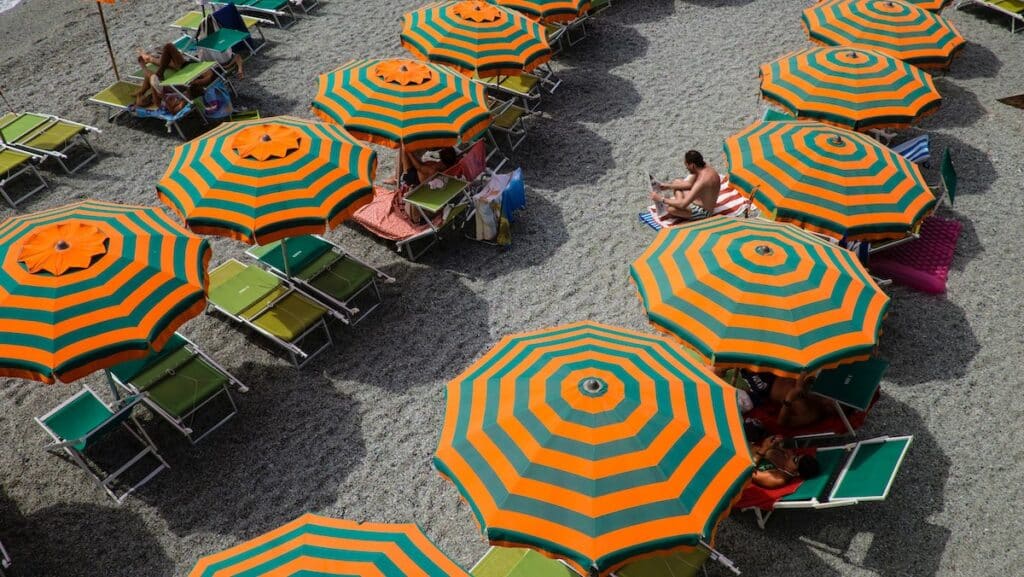
Island Paradises:
- Sicily: Sicily boasts a coastline as diverse as its history. Find long stretches of golden sand in San Vito Lo Capo, or dramatic volcanic shores near Catania. Beach clubs are a popular option here, offering sunbeds, restaurants, and water sport rentals.
- Sardinia: Sardinia is a beach lovers paradise. From the world-famous white sands of the Costa Smeralda to the secluded coves lining the Ogliastra coast, or the beautiful Chia beaches, there’s something for everyone. Beach clubs are prevalent in the Costa Smeralda, catering to a luxurious clientele.
Puglia’s Hidden Gems:
Puglia’s Adriatic coastline is full of hidden beaches. Imagine secluded coves with crystal-clear waters, backed by olive groves and charming towns. While there are some beach clubs popping up, Puglia’s beaches tend to be less crowded and more public-access oriented compared to other regions. Here are a couple of secret spots to consider:
- Marina di Pescoluse: Often referred to as the “Maldives of Salento,” Marina di Pescoluse offers fine white sand dunes and shallow turquoise waters, perfect for families.
- Torre dell’ Orso: This beach boasts two fascinating rock formations – a large stack called “L’Orsa” (the bear) and a smaller one nicknamed “Le due Sorelle” (the two sisters). The beach itself is a mix of sand and pebbles, with crystal-clear waters ideal for snorkeling.
Beach Clubs in Italy: A Quick Guide
Beach clubs in Italy, often called “stabilimenti balneari,” are private concessions offering a variety of services. These can range from basic sunbed and umbrella rentals to full-fledged beach resorts with restaurants, bars, pools, and water sports activities.
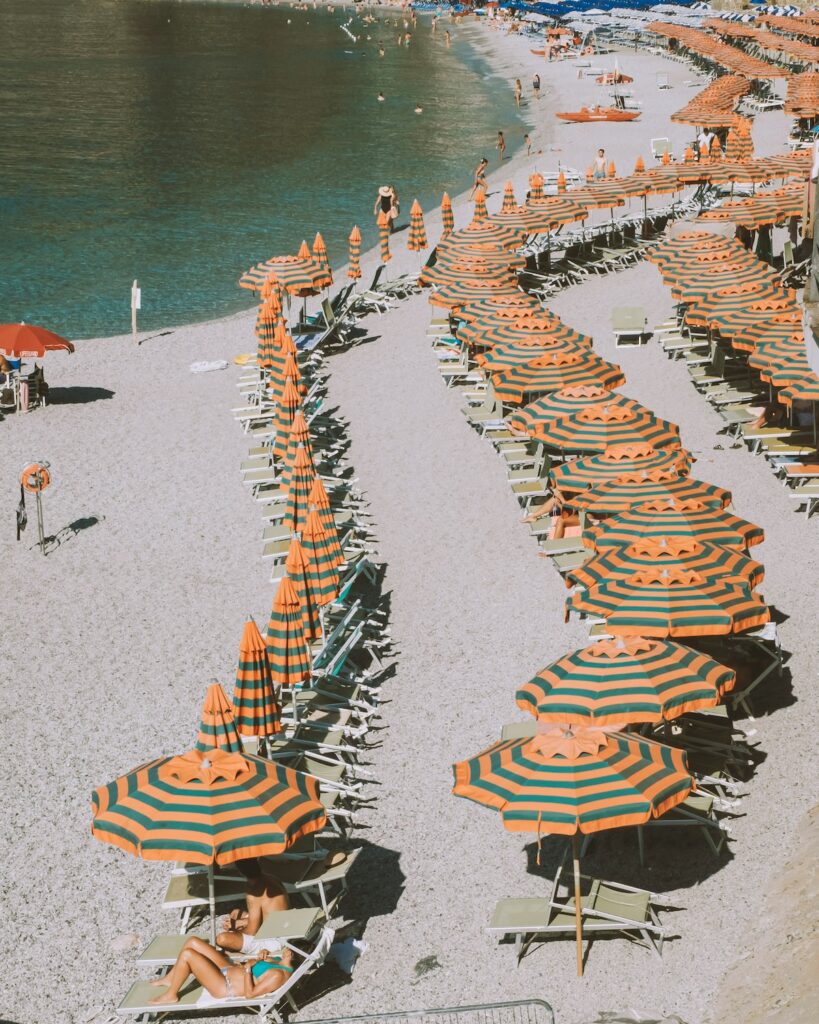
Here’s what to expect:
- Entrance fee: There’s usually an entrance fee that covers the use of a sunbed and umbrella for the day. Some clubs may offer tiered packages with additional perks like towels or changing facilities.
- Food and Drinks: Many beach clubs have a restaurant or bar on-site, so you can grab a bite or a refreshing drink without leaving your beach chair.
- Reservations: Especially during peak season (July-August), it’s advisable to reserve your spot at a beach club in advance, particularly for the more popular ones.
Italy Summer Festivals and Events
Italy is renowned for its vibrant outdoor festivals during the summer months, celebrating everything from its rich culture and history to its sumptuous food and wine. Here are some popular outdoor festivals that you can enjoy during an Italy summer trip:
Il Palio di Siena
- Location: Siena, Tuscany
- Date: July 2 and August 16
- About: A historic horse race that dates back to the medieval period. It’s held in Siena’s main square, Piazza del Campo, and features a fierce competition between the city’s districts (contrade). The event is filled with pageantry, including a grand parade in historical costumes.
Festa della Madonna Bruna
- Location: Matera, Basilicata
- Date: July 2
- About: A religious and community celebration honoring the patron saint of Matera, featuring processions, a stunning fireworks display, and the dramatic destruction of a chariot in the main square.
Umbria Jazz Festival
- Location: Perugia, Umbria
- Date: Typically in July
- About: One of the most important jazz festivals in the world, attracting international artists and jazz enthusiasts to the historic city of Perugia. It includes free and ticketed concerts in various venues, including open-air stages.
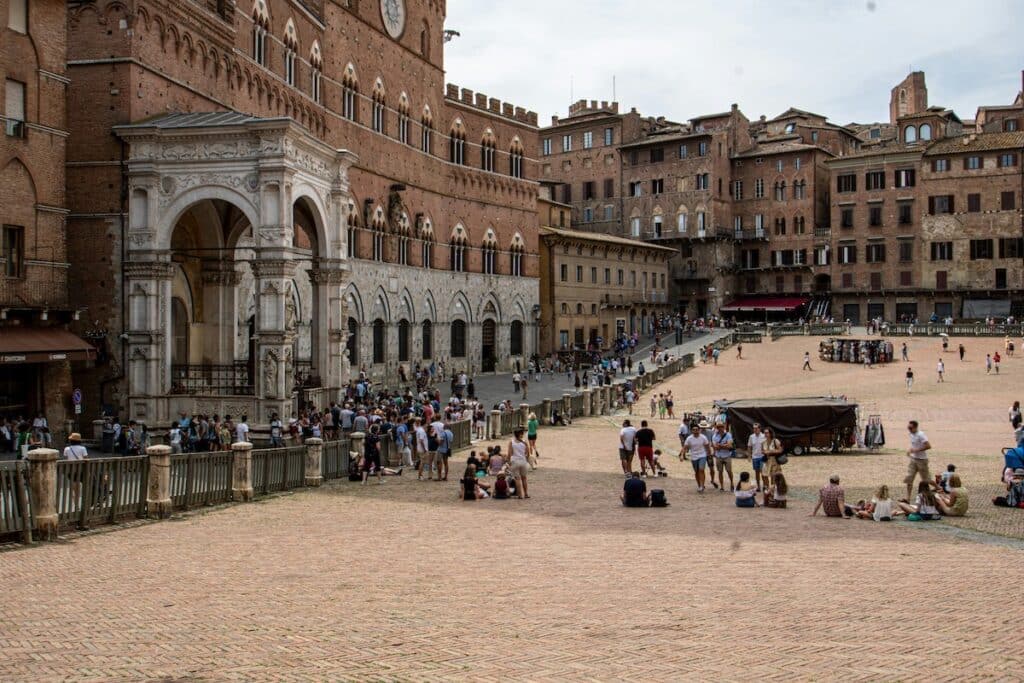
L’Ardia di San Costantino
- Location: Sedilo, Sardinia
- Date: Early July
- About: A mix of religious fervor and ancient traditions, this equestrian event commemorates Constantine’s victory at the Battle of Milvian Bridge. It features daring horse races and a procession in honor of Saint Constantine.
Festa dei Ceri
- Location: Gubbio, Umbria
- Date: May 15, but festivities can extend into the summer
- About: One of Italy’s oldest festivals, involving a race with teams carrying massive wooden “candles” topped with statues of saints.
Venice Film Festival
- Location: Venice, Veneto
- Date: Late August to early September
- About: The world’s oldest film festival, part of the Venice Biennale, showcasing new films of all genres from around the world. It includes premieres, celebrity appearances, and various outdoor screenings. (Enjoy an iconic gondola ride while you’re there too!)
Opera Festival At Arena di Verona
- Location: Verona, Veneto
- Date: June through August
- About: An annual opera festival held in the ancient Roman amphitheater, the Arena di Verona. It’s known for spectacular productions of classic operas, utilizing the historic setting to create unforgettable performances.
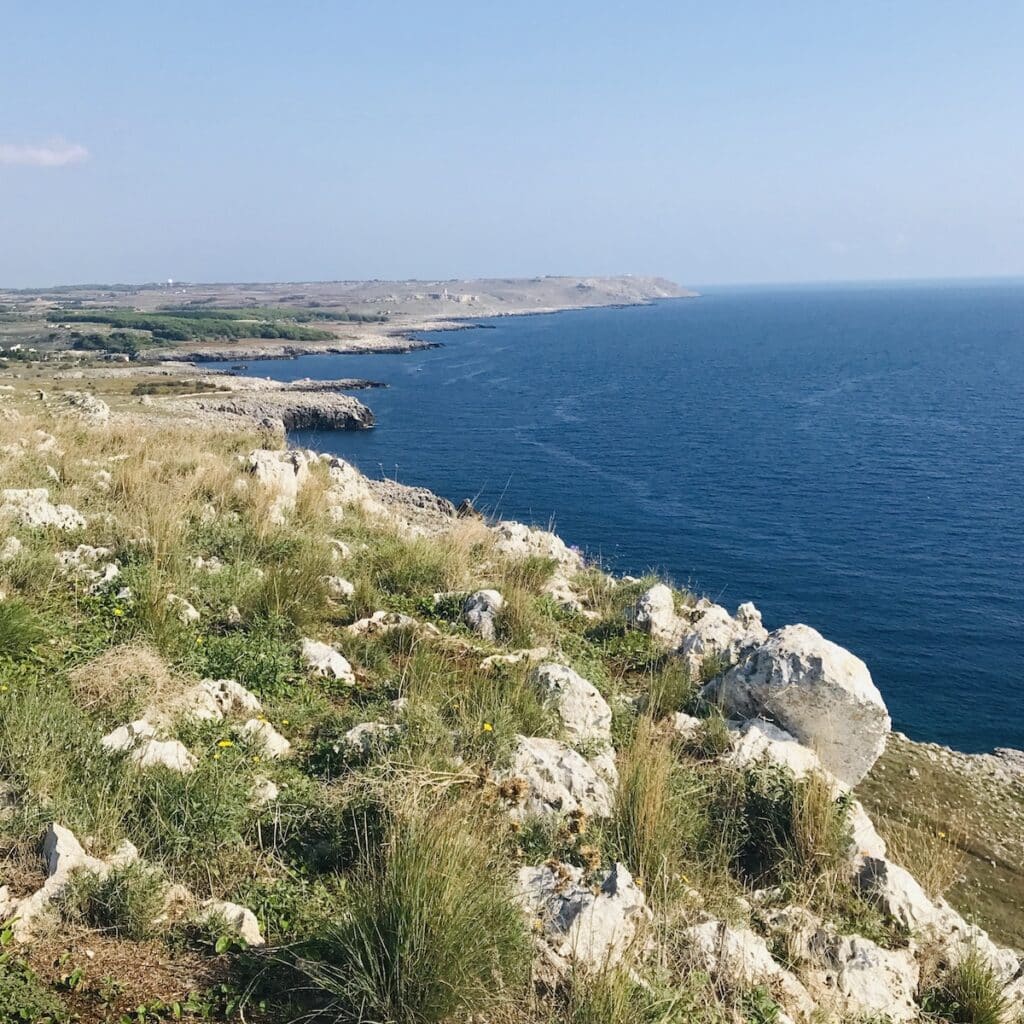
La Quintana
- Location: Ascoli Piceno, Marche
- Date: Between July 14 and August 4
- About: An annual Palio event with competitions between the six sestiere (districts) of the town. A historic jousting tournament that’s part of a larger medieval festival. It includes a procession with over 1,400 people in period costumes, competitions, and traditional festivities.
Festa della Musica
- Location: Nationwide
- Date: Around June 21
- About: Coinciding with the summer solstice, this music festival celebrates all genres of music with free concerts and performances in streets, squares, and public spaces across Italy.
Notte della Taranta
- Location: Salento, Puglia
- Date: Late August
- About: Focused on reviving and promoting traditional Puglian folk music and dance, particularly the pizzica. It culminates in a massive final concert attracting tens of thousands of attendees to this east coast region.
How To Pack For Italy In The Summer Months
Clothes:
- Focus on lightweight, breathable fabrics: Pack plenty of sundresses, skirts, shorts, and t-shirts made from linen, cotton, or quick-drying synthetics.
- Consider modesty for religious sites: If visiting churches or other religious sites, women should pack a scarf or light sweater to cover the shoulders and a pair of pants or a long skirt that covers the knees. Men will be required to wear long pants when entering religious sites like the Vatican.
- Pack versatile basics: Pack a few neutral-colored shirts and pants that you can mix and match to create different outfits.
- Don’t forget swimwear: Pack a swimsuit (or two!) for enjoying the beach or pool.
- A light jacket for evenings: Evenings can be a bit cooler, so pack a light jacket or cardigan for layering.
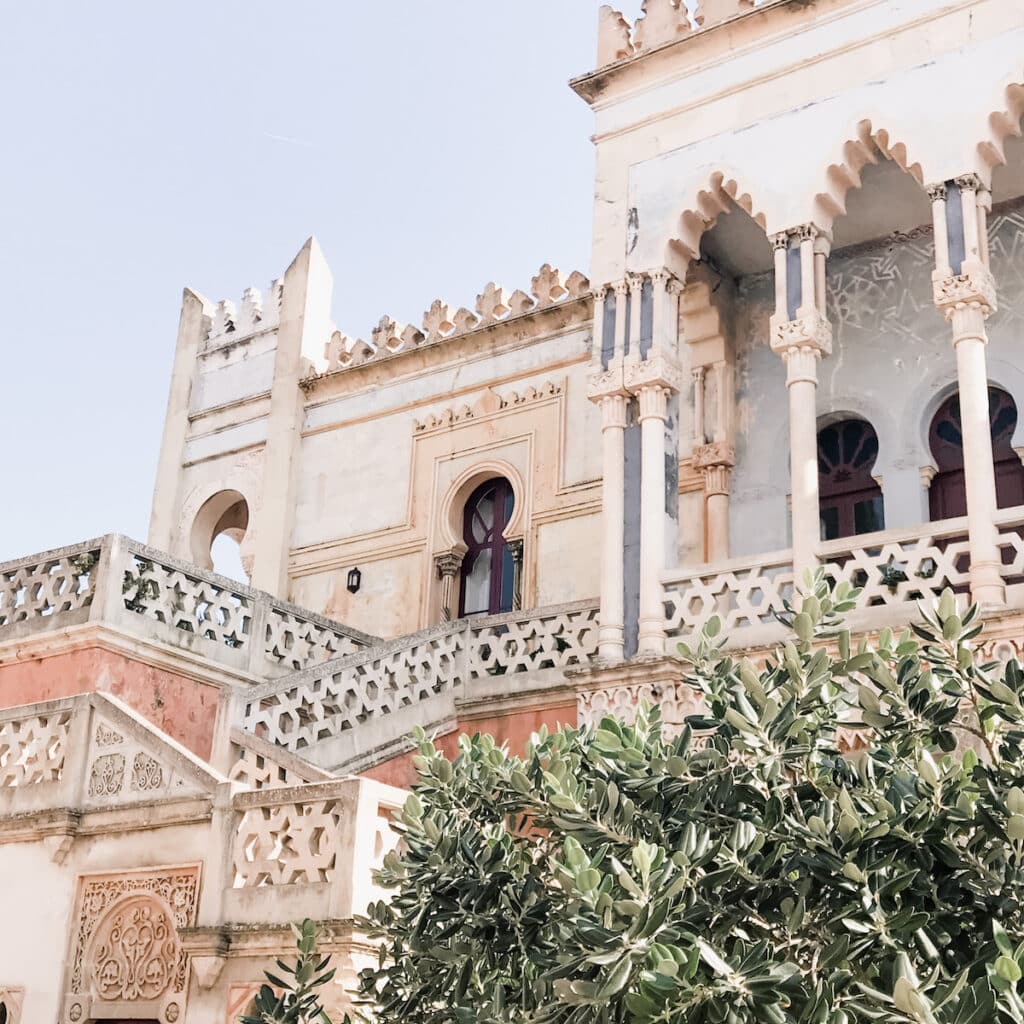
Shoes:
- Comfortable walking shoes: This is essential for all the sightseeing you’ll be doing. Opt for sandals with good arch support or breathable walking shoes.
Summer Essentials:
- Sunscreen and a hat: The Italian sun is strong, so be sure to pack plenty of sunscreen and a wide-brimmed hat.
- Sunglasses: A good pair of sunglasses is a must for sunny days.
- Water bottle: Stay hydrated by bringing that reusable water bottle that you can refill throughout the day.
Additional Tips:
- Pack light: It’s hot in Italy, and you won’t want to be lugging around a heavy suitcase. Try to pack versatile pieces that you can mix and match.
- Do laundry: If you’re staying in Italy for a while, consider packing light and doing laundry at your accommodation.
- Check the weather forecast: Before you go, take a look at the weather forecast for the region you’ll be visiting and adjust your packing as needed.
Summer Food and Drinks in Italy
Summer in Italy offers more than just sunny days and upscale beach clubs. It’s also about savoring the rich flavors and culinary traditions unique to the country.
For first-time visitors preparing for a summer trip to Italy, exploring its food culture is essential to the experience. Here’s a preview of what you can expect!
Gelato
No Italian summer is complete without indulging in gelato. Unlike regular ice cream, gelato is churned at a slower rate, incorporating less air and making it denser and richer. From classic flavors like pistachio and hazelnut to more adventurous ones like ricotta, fig, and caramel, there’s a gelato for every palate.
Remember, look for “produzione propria” or “artigianale” signs in gelaterias for authentic homemade gelato. Stay away from gelaterias displaying mounds of brightly colored “gelato”. Real gelato relies on natural ingredients for flavor and color. Those vibrant blues, greens, and pinks often indicate artificial coloring. This can be a sign that other shortcuts were taken, like using artificial flavors or stabilizers.
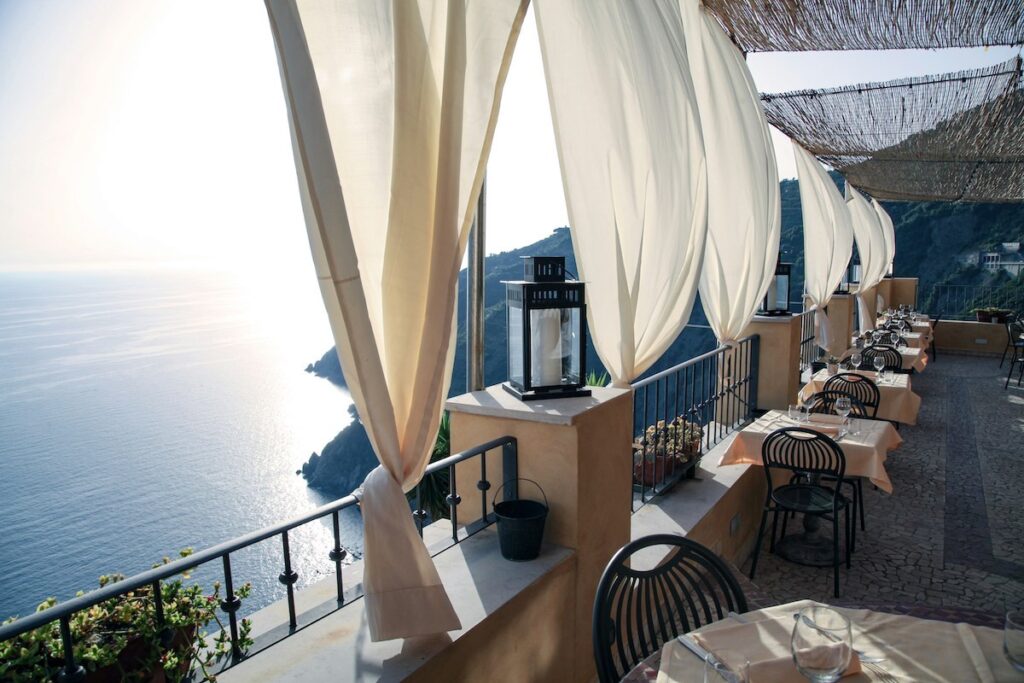
Aperitivo and Spritz
The cherished Italian tradition of “aperitivo” is a must-experience. This pre-dinner ritual is a way to stimulate your appetite and socialize. Venues across Italy offer a range of appetizers, from simple snacks like olives and chips to elaborate buffets. Pair your aperitivo with a refreshing Spritz—Prosecco, Aperol, and a splash of soda water. Or try my favorite…a Limoncello Spritz! It’s the quintessential Italian summer beverage, perfect for sipping as the sun dips below the horizon.
Incredible Seafood
Italy’s extensive coastline offers a bounty of seafood that becomes the star of many summer dishes. Some of my favorites are “Spaghetti alle Vongole,” spaghetti with clams, and “Fritto Misto,” a medley of lightly fried seafood. Freshness is paramount, and the Italian preparation often highlights the natural flavors of the sea without overwhelming them.
Seasonal Fruits and Salads
The summer heat calls for lighter food, and Italy’s seasonal fruits and salads are in abundance. Also, don’t miss out on trying “Insalata Caprese,” a refreshing salad made with ripe tomatoes, creamy mozzarella, fresh basil, and a drizzle of olive oil.
Granita
For those exceptionally warm days, a granita can be a lifesaver. This semi-frozen delicacy made from sugar, water, and various flavorings (most commonly lemon, coffee, or almond) is especially prevalent in Sicily. It’s enjoyed either as a drink or a dessert, making it a versatile choice for cooling down.
Conclusion
In this guide, we’ve explored Italy’s essentials for a memorable summer trip. Whether visiting in June for fewer crowds or August for peak warmth, Italy’s charm is unmatched. Strategic planning can help you find worthwhile experiences despite the tourist influx, heat, and higher costs.
Ready to transform your Italian summer dreams into reality? Be sure to check out my post Planning a Trip to Italy: The Ultimate Guide for Italy travel tips and everything you need to make your Italian getaway unforgettable.
Further reading:
Planning a Trip to Italy: The Ultimate Guide
PIN TO YOUR TRAVEL PLANNING BOARD
